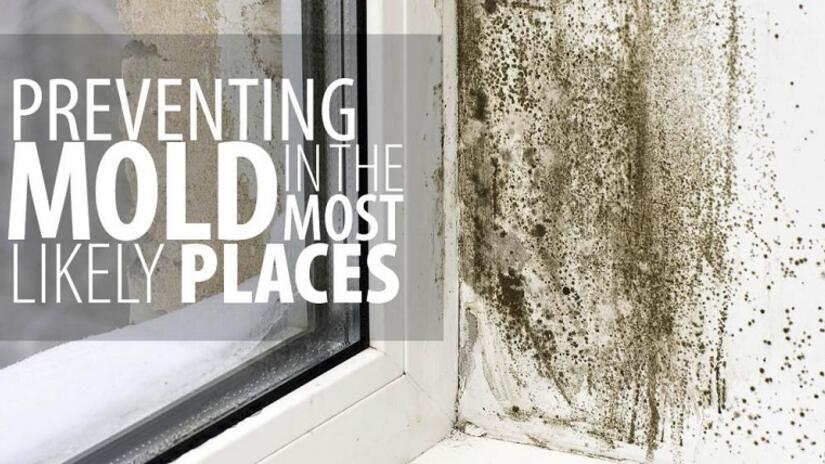
Preventing mold in your home is essential for health and property protection. Rainbow Restoration highlights key strategies to keep mold at bay:
|
Mold is an important part of nature. Outdoor mold is responsible for breaking down dead organic matter, such as fallen leaves and tree branches. However, you never want mold to grow inside your home or business.
There are many types of mold, but none of them can grow without moisture. In fact, tiny mold spores are floating through the air around you right now; you just can’t see them. The spores are harmless until they land on a damp surface and begin to grow. That’s when mold colonies form and expand, damaging your indoor air quality and causing your asthma and allergies to flare up.
Use these mold prevention tips to keep that fuzzy, slimy stuff at bay.
Prevent Standing Water
Rooms with standing water are the most likely places for mold to start growing. Use these tips to keep standing water at a minimum:
Clean up spills quickly
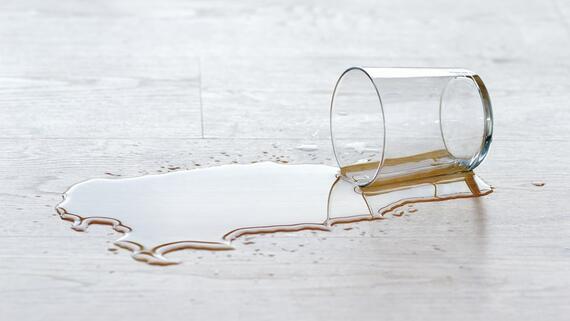
Wet carpet, upholstery and blankets could harbor mold growth if you don’t act quickly to dry them. In 24 to 48 hours, damp materials become breeding grounds for mold.
Fix leaks without delay

If you see mold growing under the sink, behind the toilet or in the attic, it means you have a plumbing or roof leak. Clean up the mold and fix the leak to prevent the mold from coming back. Plumbing and roof leaks can go unnoticed for a very long time, so be sure to check hard-to-reach place regularly.
Wipe down the tub or shower
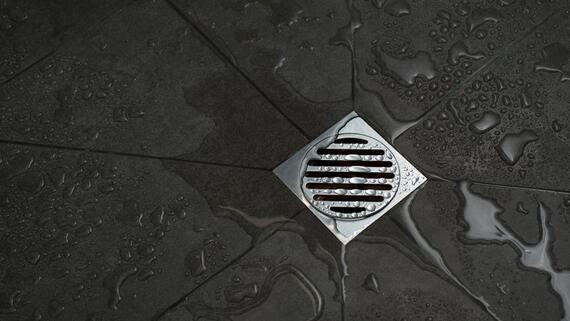
Mold growth is common in the bathroom where standing water abounds. To prevent mold growth on tub and shower tiles, wipe down wet surfaces with your towel after drying yourself. Hang the towel to dry instead of throwing it in the hamper right away to prevent mold growth on the fabric.
Check the slope around the property's foundation

Your property should slope outward so rain water drains away from the foundation, not toward it. If this isn’t the case, water could collect around the foundation or enter the basement and lead to high amounts of mold growth.
Watch out for condensation
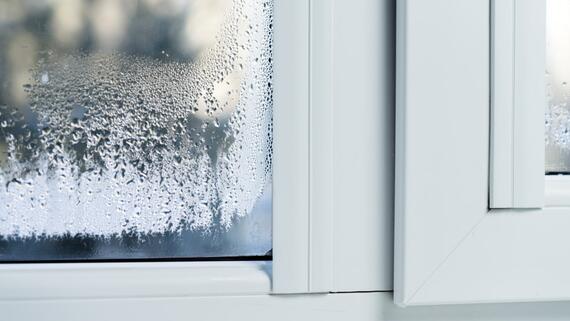
Condensation is most likely to occur in winter. When cold surfaces “sweat,” they become a potential location for indoor mold to grow. If moisture beads on windows, pipes or walls, act quickly to dry these wet surfaces. Then, find the source of the problem, which is most likely high humidity. Increasing ventilation, covering cold surfaces with insulation and increasing the indoor temperature are specific ways to combat condensation.
Reduce Indoor Relative Humidity
Mold can grow indoors any time of year if the relative humidity is too high. For better mold prevention, strive to keep indoor relative humidity at around 50 percent in the summer and closer to 30 percent in the winter. To reduce indoor humidity, follow these tips:
Run the air conditioner in the summer
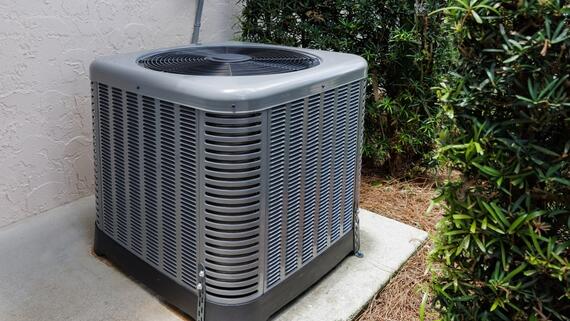
As you know, the A/C removes heat from indoor air, but it performs another function as well: removing excess humidity. This is the key to feeling cool and dry rather than cold and clammy when the air conditioner runs. A dedicated dehumidifier also removes moisture from the air. You can run this appliance separately from the air conditioner for a more comfortable, less humid interior on mild summer days.
Vent moisture-producing appliances properly
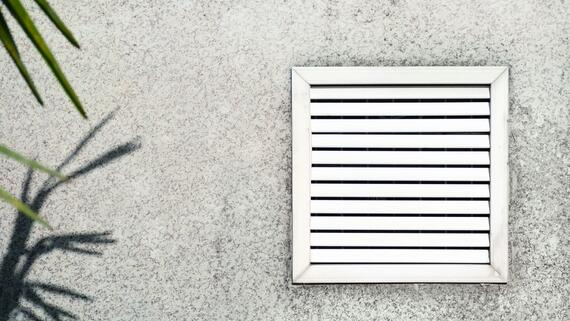
The clothes dryer is the most common moisture-producing appliance found in the average home. Sometimes, the dryer is improperly vented to the attic or crawlspace. Warm, humid air accumulates in these areas and encourages mold growth, which can destroy insulation and compromise your home’s structural integrity. To prevent these situations, simply make sure the dryer vents to the exterior.
Use exhaust fans year round
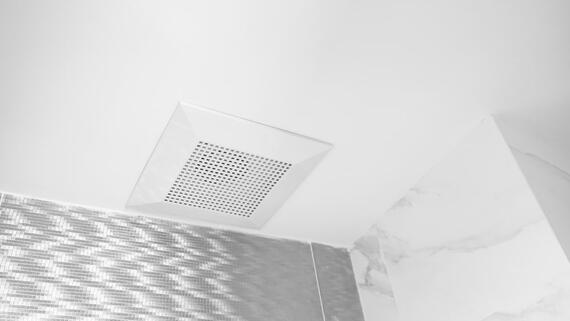
Showering and cooking are two daily activities that produce a lot of humidity. A good mold prevention tip is to run the bathroom and kitchen exhaust fans to draw excess humidity outside when performing these tasks.
Mold prevention is very important for maintaining good indoor air quality. If you think you have a mold problem with your home or business. Please contact Rainbow Restoration® to learn about our residential mold removal & remediation services as well as our commercial mold removal & remediation.
If you thought this post was helpful, you might also like some of the other posts about this topic:
- Types of Mold You Need to Know About
- 5 Natural Air Fresheners That Eliminate Household Odors
- How Does Mold Spread?
